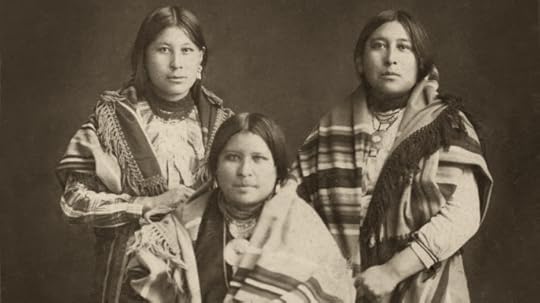What do you think?
Rate this book


347 pages, Kindle Edition
First published April 18, 2017
He is also the author of The White Darkness and the collection The Devil and Sherlock Holmes . Grann's storytelling has garnered several honors, including a George Polk Award. He lives with his wife and children in New York.
”During Xtha-cka Zbi-ga Tze-the, the Killer of the Flowers Moon.
I will wade across the river of the blackfish, the otter, the beaver.
I will climb the bank where the willow never dies.”

"To believe that the Osages survived intact from their ordeal is a delusion of the mind. What has been possible to salvage has been saved and is dearer to our hearts because it survived. What is gone is treasured because it was what we once were. We gather our past and present into the depths of our being and face tomorrow. We are still Osage."Initial post: I've borrowed this from a friend for a December book club read.



In Pawhuska, I stopped at the Osage Nation Museum ... The most dramatic photograph in the museum spanned an entire side of the room. Taken at a ceremony in 1924, it was a panoramic view of members of the tribe alongside prominent local white businessman and leaders. As I scanned the picture, I noticed that a section was missing, as if someone had taken scissors to it. I asked [Kathryn] Red Corn what happened to that part of the photograph. "It's too painful to show," she said.
When I asked why, she pointed to the blank space and said, "The devil was standing right there."
She disappeared for a moment, then returned with a small, slightly blurred print of the missing panel: it showed William K. Hale, staring coldly at the camera. The Osage had removed his image, not to forget the murders, as most Americans had, but because they cannot forget.